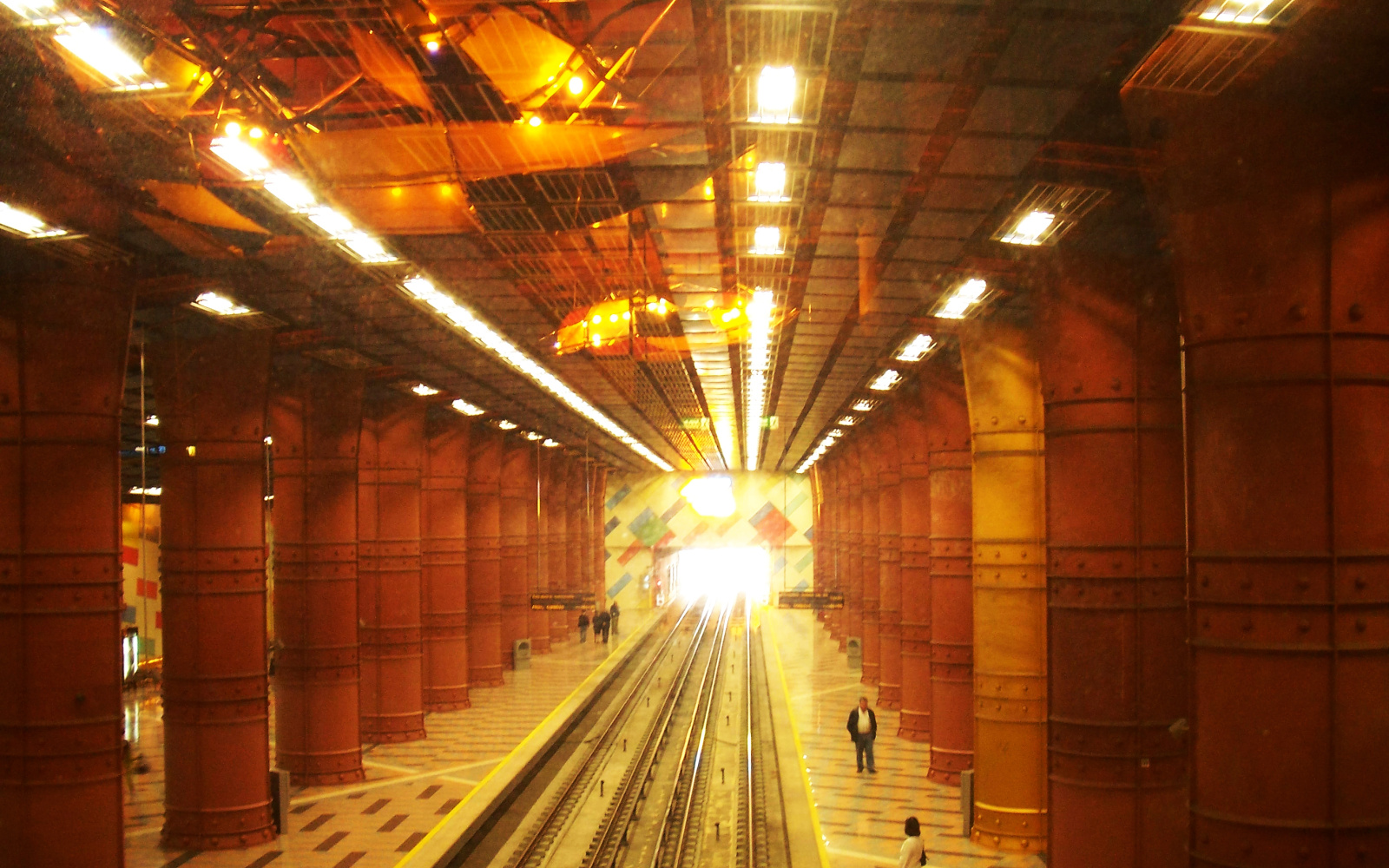Javier Galán and Anna Biedermann
What Spectacolor brought to us-US.
Spectacolor Inc. was an advertising company that pioneered the first color urban screens of changeable messages and programmed by a computer in the late seventies of the last century. This innovation introduced the concept of »selling time« on billboards instead than the common practice of »selling space«, a change that would pave the way for outdoor advertising, becoming into an industry of billions of dollars. Spectacolor installed its first screens in Times Square in the early 80s, and was eventually sold in 2006 to Clear Channel, world leader in outdoor advertising.
Spectacolor first settled in the »One Times Square« building, kept empty for the past two decades after becoming property of numerous banks and urban estate companies such as Lehman Brothers, leaving the building without use beyond overloading its façade with advertising displays. The exception then is the film “Ghostbusters”, where an animation was done as a publicity, a contract between a producer and a "selling time" advertising company for its inclusion in the clip filming as mere detail of »modernity«, present fact across film history.
It is certainly true? The authors do not believe it. The Spectacolor was used for more purposes than the ones related to publicity. »Ghostbusters« videoclip hides one of the most radical and potentially influential artistic actions turning peasants into spectators, spectators into massive art consumers, streets into giant flickering zones. Such action was called “Messages to the public”, which will be widely presented in the present international conference.
Who ya gonna call?
Javier Galán. born 1977 in Zaragoza (Spain), is a PhD Student of the Department of History of Art of the University of Zaragoza (Spain). In the last two years he has been curator in Ars Electronica 2015 (»Naked Veriti« exhibition), ETOPIA Center of Art and Technology (»Academy of Media Façade«, »Strategy and Tactics« exhibition) and Wroclaw (»AiR WRO« Artist in Residence project) among other national and international projects.
Curator, artist and researcher, he was raised professionally in Berlin working as FX technician, TV cameraman and above all as exhibitions coordinator. He worked then as Expo 2008 exhibitions coordinator and later as manager of the artistic interventions as well as director of the Telefonica Arts Pavilion at the Expo2008 in Zaragoza (Spain).
Anna Biedermann, born 1980 in Poznan, (Poland) is an Associate Professor in the Department of Engineering Design and Manufacturing at the School of Engineering and Architecture at the University of Zaragoza (Spain). She holds a Bachelor of Fine Arts from the ASP-University of Fine Arts in Poznan (Poland) with an scholarship from the Ministry of Culture and Education of Poland and is also Architect by the UdK -Universität der Künste Berlin (Germany) with a scholarship by Deutscher Akademischer Austauschdienst-DAAD.
She has currently finished her doctoral thesis: »Great cultural events as tools for urban transformation and the identity of the image of cities« directed by J. Suchanek, Dean of the Faculty of Architecture at the Polytechnic University of Poznan (Poland).
